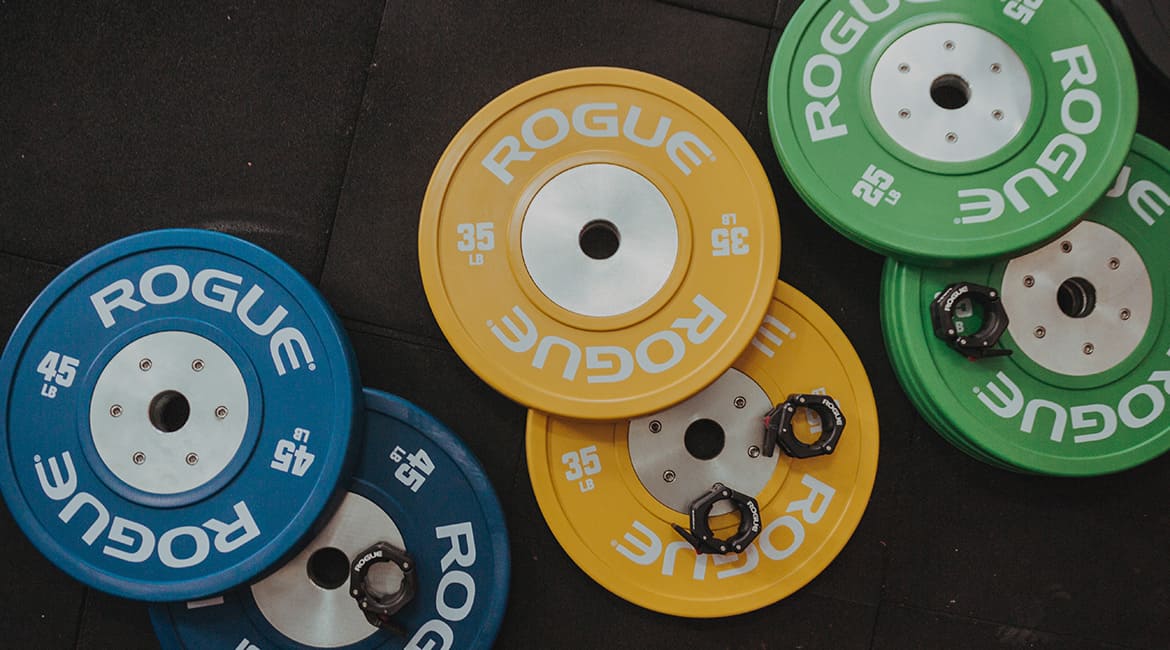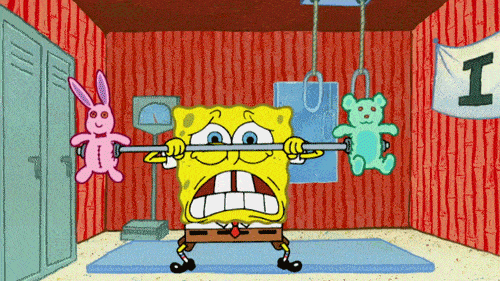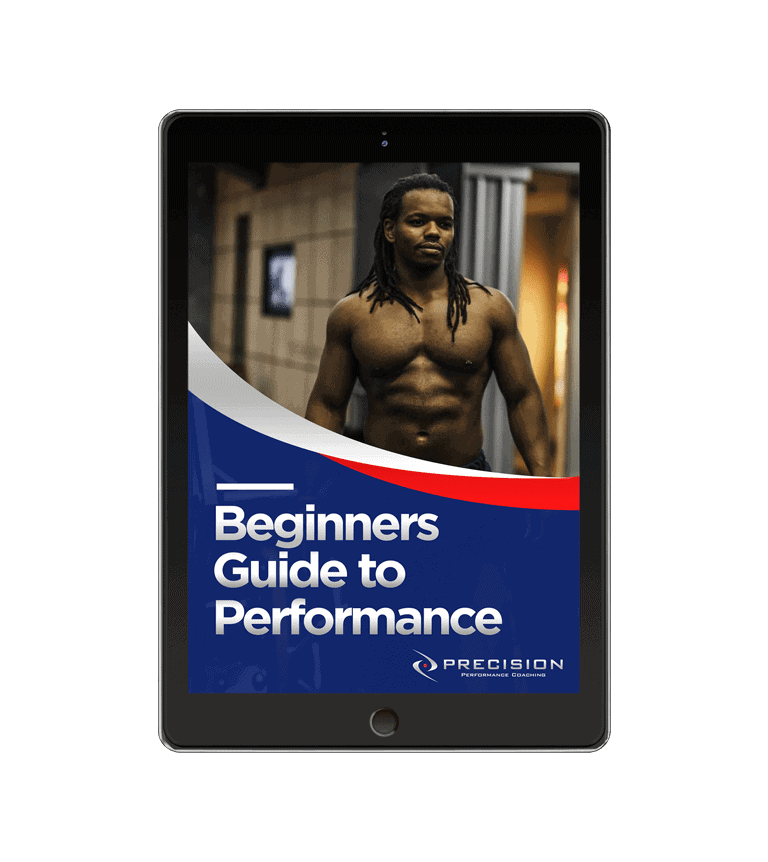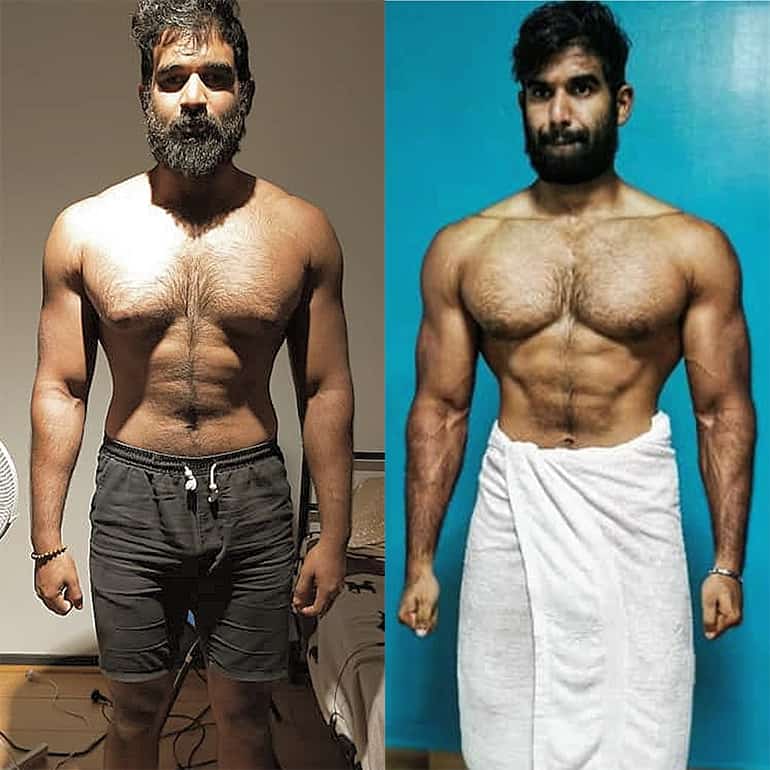
Why Strength Training is Important for Body Composition (Building Muscle & Losing Fat)

I’m always hearing people say, “I don’t need to be strong, I just want to build muscle”. I know to a lot of people strength doesn’t matter because they just want to be swole. Being swole means more attention from the opposite sex, or same sex, whatever you prefer. But people don’t realise strength is important; being stronger helps to change your body composition. Body composition means building muscle and dropping body fat.
I am going to talk about how strength is important for both.
Why strength is important for building muscle
Let’s start with building muscle. When you start your bodybuilding journey you will be training for hypertrophy. The gains will come fast, real fast. Life is good, you are building muscle and people are noticing, but these gains inevitably slow and eventually you plateau. This is normal, it’s called the “repeated bout effect”, meaning the more times you expose yourself to the same stimulus the less you respond to it. Ultimately if you don’t change some thing you stop responding completely.
Yes, you can add more volume or try advanced techniques such as drop sets or even forced reps. All this works, but only up to a point. After that point you will plateau and if you continue to push you run into the risk of over training – then you might see your gains reverse.
Working harder is a great ingredient for success in the gym, but from my personal experience its not simply enough just to train hard and then train even harder. You need to eventually become intelligent about your training otherwise you will just end up spinning your wheels for years to come.

Strength training can help you get over stagnation in the gym or prevent it from happening quicker than it should.
How you ask? To explain let’s go back to physics…
The importance of work capacity
In physics ‘work’ is a change in energy. When it comes to building muscle, you need to do more work. Your work capacity stems from your base strength. When you apply a force over any given distance you have done work.
This can be explained by the following equation:
W (work) = F (force) x D (distance)
In order to build your workload, you either can increase your force output (W=FD) or you can increase the distance travelled (W=FD). The problem with increasing distance is that it’s not sustainable in the long term, therefore we eventually need to increase our force output. So how do we increase our force output? We get stronger!
Another important equation explains the relationship between Force, Mass and Acceleration.

F (force) = M (mass) x A (acceleration)
Looking at this equation we can either increase the mass or increase the acceleration to generate more force output. Acceleration is hard to measure in the gym, the easiest variable to control in the gym is mass (load on the bar). By simply adding more weight to the bar over time we can increase our force output thus increasing our workload (W=FD) which leads to more muscle mass.
The stronger you are, the more weight you can lift, getting stronger for reps is how you win.
How increasing strength can help in fat loss
Now that I have explained how to build muscle lets switch over to dropping body fat. Let me say that there isn’t much difference. Dropping body fat requires you to do more work, what defines work? That same equation W=FD.
Yes, training for fat loss is similar to training for muscle gaining, the difference is in the diet. When a client comes to us and their goal is fat loss, we look at getting them in a calorie deficit and structuring their training to maintain muscle mass. Training in a deficit is tough, your strength slowly declines as your body adapts.
It is harder to lose body fat if you aren’t very strong. People who have a high work capacity start their cut in a better place than those who have a low work capacity. They start at higher strength, therefore can produce higher force and do more work at the outset. Even though their strength decreases because of the calorie deficit, these clients are still able to move significant weight.
Those with limited strength and low work capacity at the start of a cut will find it very hard to do enough work to shift body fat quickly when in a calorie deficit.
So, let me put it all together for you, when you start your next program pick a hand full of compound exercises and get strong AF for reps. If the goal is muscle mass, eat in a surplus and if the goal is fat loss eat in a caloric deficit. To ensure you get results measure what you do (training and nutrition), remember YOU IMPROVE AT WHAT YOU MEASURE!

Thanks for taking the time to read this article and I hope you are got some useful information which you can apply to your training. If you would like to learn more about alcohol intake, or even nutrition in general, feel free to contact us. Alternatively, if you’d like to learn more about the services and training and nutrition programs we provide, please find more information here.
Want a free E-book?

Get your free copy of the Beginners Guide to Performance e-book and start your training journey today!
recent posts
Join Our Mailing List
Sign up and get your free copy of the Beginners Guide to Performance e-book to start your training journey today!
Ready to break through plateaus & get real results?
Contact us now to find out how we can help you take your training and phyique to the next level.


